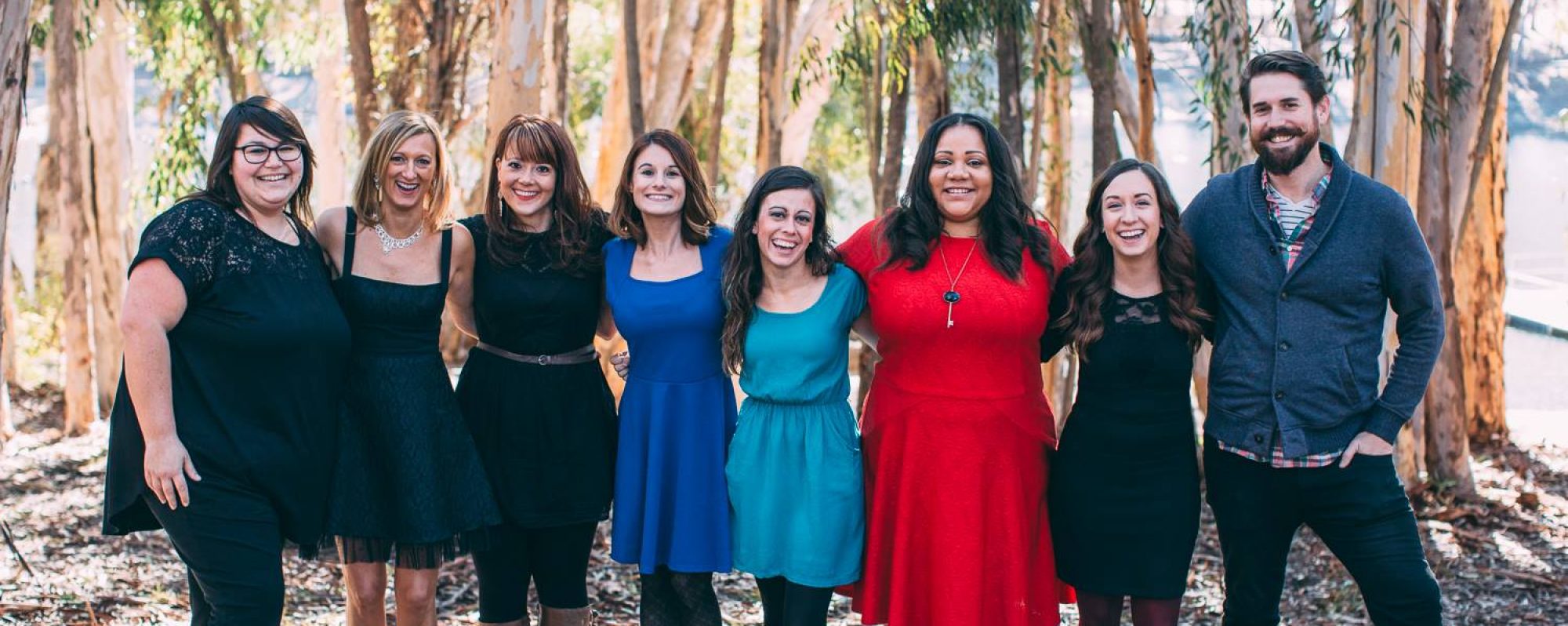Thanksgiving may look a little different this year, but that doesn’t mean Thanksgiving and fall themed music therapy interventions have to be less fun, engaging or beneficial for clients! In fact, we have a wide world of online resources at our fingertips that are great to use during this time of year and can be adapted or modified to fit various therapeutic goals.
The first resource I want to share is a website called “Boom Cards.” I had no idea what boom cards were prior to internship, but they are a game changer especially for virtual music therapy sessions! Boom cards are digital and interactive activities where students and/or clients answer questions or participate in activities and can receive immediate feedback for their answer. I like to think of boom cards as digital flashcards, but they are much more versatile! While you have the option to purchase certain boom cards, there are many decks on the website that are free and are great quality. One deck that I’ve used recently for fall is the “Scarecrow Emotions,” specifically for younger clients whose goals are to identify emotions or improve emotional regulation. While music is not inherently a part of these activities, I’ve been able to incorporate music by putting a melody to the questions and giving directions for the activity using a simple tune (ex: singing, “The scarecrow feels angry. Which face looks angry to you?”). I also modify the music based on the emotions the scarecrow feels. For example, if the directions say to give the scarecrow a sad face, sing the directions in a minor key to keep music incorporated in the intervention and to contextualize the sounds that may be associated with certain feelings.

There are so many more (and free woo!) boom cards that can be creatively adapted for music therapy interventions, I definitely recommend taking a look through the website and seeing how you may utilize these in sessions.
Another way I’ve used online resources for virtual sessions is by having clients build their “Thanksgiving plate” using visuals and a powerpoint slide. The food visuals and vocabulary words are courtesy of another website, “Teachers Pay Teachers.” I’ve used this activity primarily to work on clients’ sustained attention but it is also beneficial in helping clients identify foods associated with Thanksgiving and improving prosody of speech. Similar with the scarecrow intervention, I created a simple tune to sing while drumming: “What shall we eat, what shall we eat, what shall we eat for our Thanksgiving feast?” I encourage the client(s) to say their favorite holiday food that they see on the slide, and drag that food onto the plate. When they choose a food, I sing and drum the syllables of that food in a natural rhythm that the word is spoken (ex: green beans is two quarter notes). By the end, the client(s) has a full plate of Thanksgiving foods that they’ve made.
I hope these activity ideas and resources may help as we continue to explore the world of telehealth and how to best treat clients virtually. Have a Happy Thanksgiving!
Katherine



